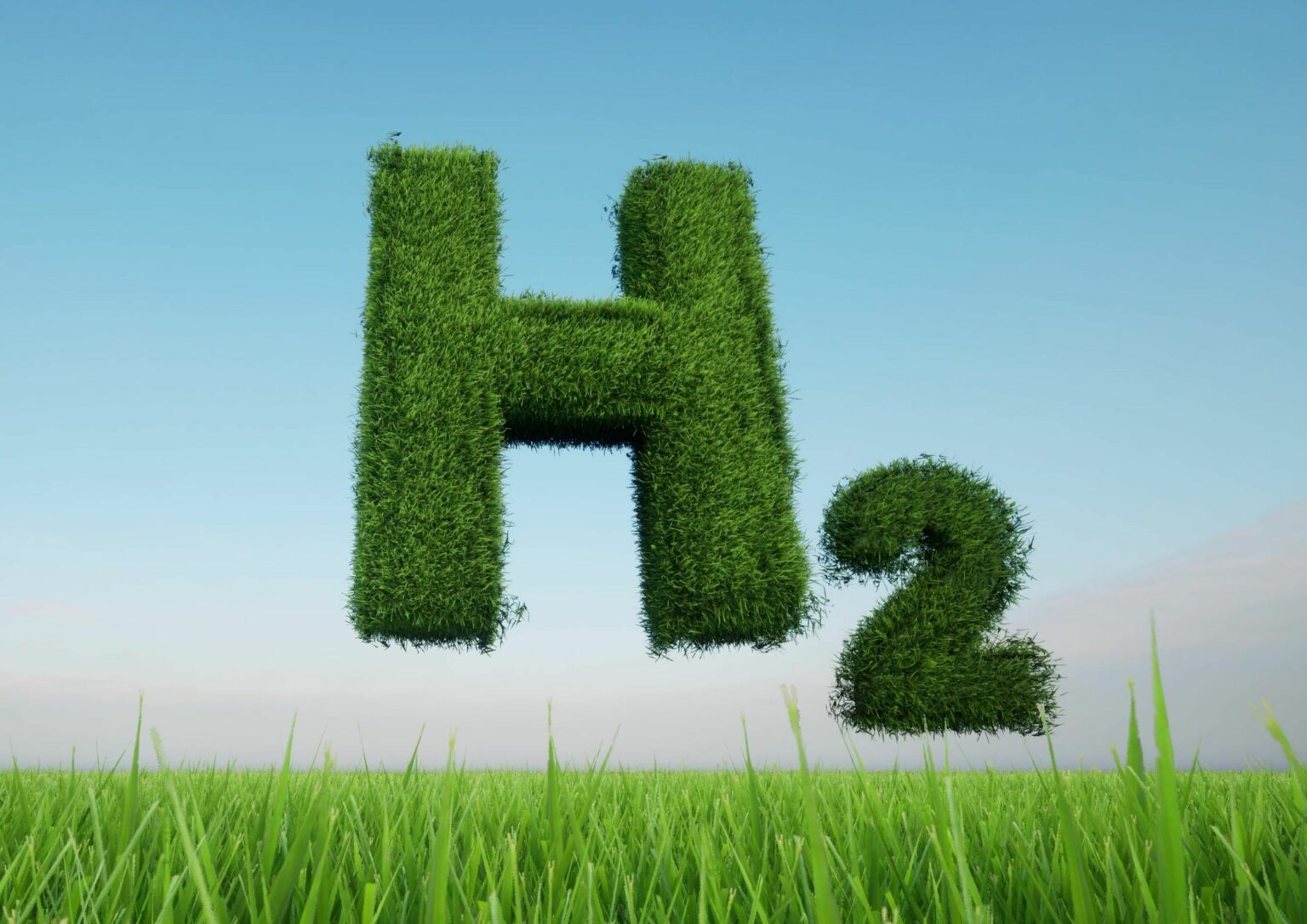The Sigen2H2 project, now entering its third phase, marks a significant advancement in the generation of hydrogen from waste mixtures.
Led by Valencian SMEs Greene Enterprise and Greene W2H2, along with the Energy Technological Institute (ITE) and the Energy Cluster of the Valencian Community (CECV), this initiative aims to optimize the production, adaptation, and storage of circular and renewable hydrogen derived from landfill-bound waste.
In the initial stages of the project, extensive evaluations were conducted to determine the level of conversion and separation necessary for efficient hydrogen production. Gasification techniques, combined with SOEC electrolysis, have emerged as key methodologies for extracting hydrogen from challenging waste compositions. The project also explores the utilization of hydrogen as a reagent to enhance pyrolytic oils, further maximizing the value extracted from waste materials.
Building upon previous findings, the current phase focuses on enhancing energy efficiency throughout the production process. By implementing catalysts in pyrolysis and cracking stages, the project aims to reduce energy consumption by lowering the activation energy of reactions and increasing selectivity towards hydrogen production. Additionally, thorough analysis of purification technologies and storage methods ensures the integrity and viability of the hydrogen generated.
As part of its objectives, Sigen2H2 evaluates existing technologies for hydrogen composition analysis, purification, storage, and pressurization. This assessment ensures compatibility with market standards while addressing economic considerations, thus paving the way for seamless integration into existing networks.
